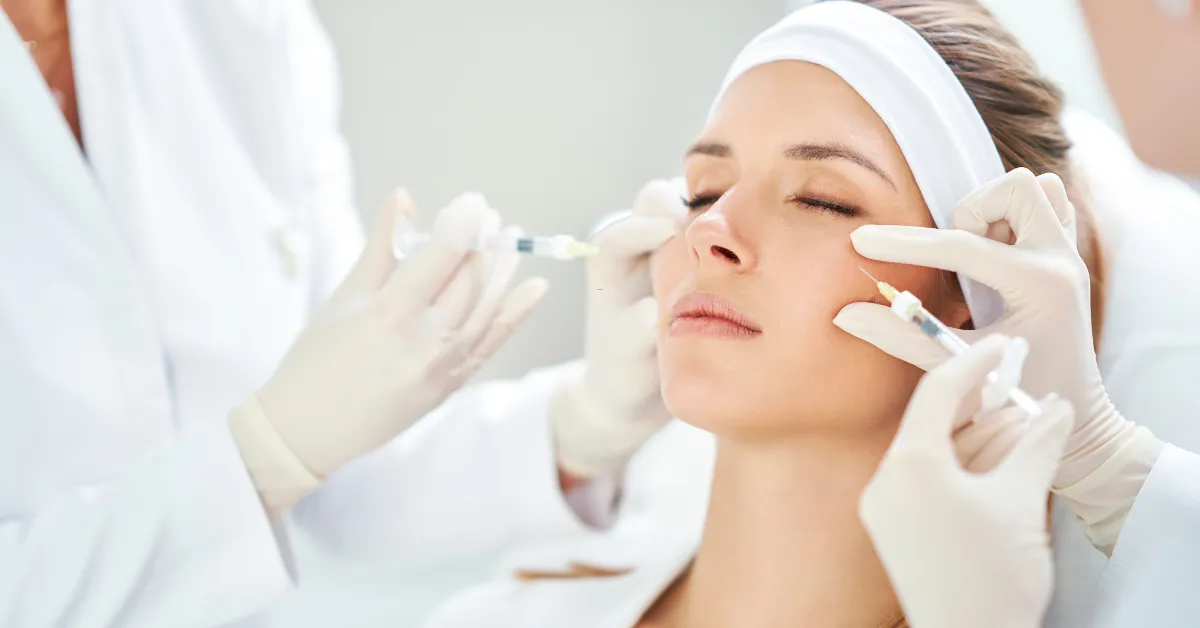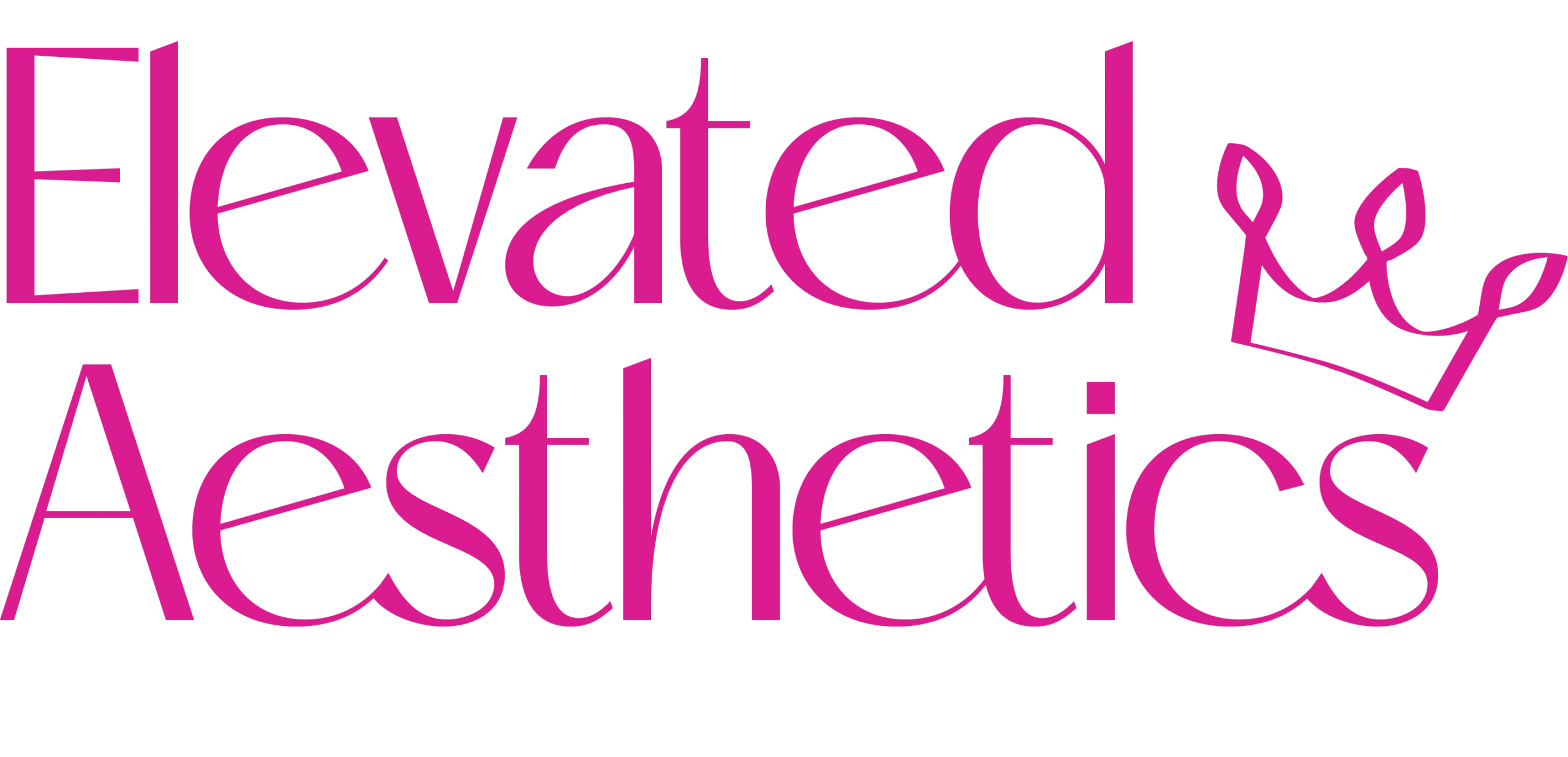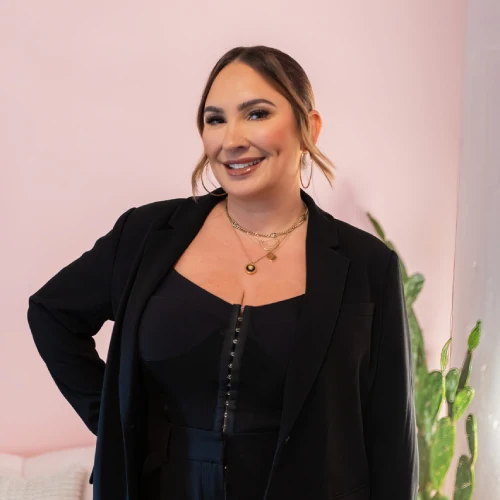Botox and dermal fillers are popular non-surgical cosmetic treatments that offer effective solutions for facial rejuvenation. Botox is an injectable neuromodulator that temporarily relaxes muscles to reduce the appearance of dynamic wrinkles, such as crow's feet, forehead lines, and frown lines. It works by blocking nerve signals to the targeted muscles, resulting in smoother skin. …

Botox and dermal fillers are popular non-surgical cosmetic treatments that offer effective solutions for facial rejuvenation. Botox is an injectable neuromodulator that temporarily relaxes muscles to reduce the appearance of dynamic wrinkles, such as crow’s feet, forehead lines, and frown lines. It works by blocking nerve signals to the targeted muscles, resulting in smoother skin. In contrast, dermal fillers are injectable substances, often made of hyaluronic acid or similar materials, that add volume and fullness to areas like the cheeks & lips. Fillers are used to address volume loss, enhance facial contours, and smooth static wrinkles. These treatments provide a non-invasive alternative to surgery, allowing people to achieve a more youthful and refreshed appearance without the downtime or risks associated with surgical procedures.
In this blog we will explore the special features of each procedure, how they function, and the variations between them, which you should consider before deciding which would be the most suitable for your purpose.
What is Botox?
Botox is a purified preparation of the botulinum toxin derived from bacteria. The very small, measured dose of Botox injected is safe for use, having been used for decades in treating wrinkles.
Botox, in fact, in its active form, contains purified bacteria that acts on muscles by freezing them. Thus, Botox can reduce the formation of lines and wrinkles that appear due to the facial expressions.
How does Botox work?
Botox affects the function of nerves by inhibiting muscle activity within the injection site. When those nerve signals are disrupted, the target muscle is locked in place. Some wrinkles can be smoothed, reduced, or eliminated by bypassing muscle movement in the face.
Common Uses of Botox
Botox cosmetic injections are a treatment for signs of aging. This Wrinkle Relaxers treatment can smooth fine lines and wrinkles in several areas of your face including Eyebrows, Forehead, Nose, Eyes (crow’s feet), Lips, Chin, Jawline & Neck
Duration of Results
Botox results typically fade after 3-4 months based on the dosage, the metabolism rate, and the treated area.
Side Effects and Risks
While generally considered safe when administered by a qualified professional, Botox can cause side effects, including:
- Slight skin discoloration at the area of injection in the short term.
- Drooping of the eyelids or eyebrows.
- Mild headache or flu-like symptoms.
- Occasionally, speech problems or problems with swallowing or speaking.
What are dermal fillers?
Dermal fillers contain substances that deploy volume to thinned areas of the face from the effects of aging. Thinning is typical on the cheeks, the lips, and the area around the mouth.
Dermal fillers also treat wrinkles on the face. Mostly, they are applied to correct smile lines, although fillers for lips or cheeks are also applied to fill out the areas. Occasionally, they are applied in hand therapies or to minimize scar appearances.
Types of Dermal Fillers
- Hyaluronic Acid (HA) Fillers: Injectable hyaluronic acid can decrease the fine lines and creases and compensate for the volume loss in the skin.
- Calcium Hydroxylapatite Fillers: [L] This filler is used for contouring the jawline, correcting cheekiness, and correcting deeper wrinkles and skin folds.
- Poly-L-Lactic Acid Fillers: Stimulates collagen production gradually and restores facial volume loss associated with aging or disease.
- Polymethyl Methacrylate (PMMA): This filler is based on a microencapsulated collagen gel containing microspheres. The gel provides direct pliability and lifts the skin up, smoothing wrinkles as well as acne scars. The microspheres are immobilized and act as structural support to produce a more consistent skin appearance.
How Do Dermal Fillers Work?
Common Uses of Dermal Fillers
- Add volume to sagging skin.
- Make your facial features more symmetrical.
- Plump up lips and cheeks.
- Smooth wrinkles and creases on your face.
Duration of Results
How long dermal fillers last is determined by filler type:
- Hyaluronic acid fillers: Last between 6 to 18 months.
- Calcium hydroxylapatite fillers: Last between 12 to 18 months.
- Poly-L-lactic acid fillers: Results are cumulative and can persist for 2 years.
- Fat grafting: There are durable outcomes, but these are highly dependent on the success of fat retention.
Side Effects and Risks
While generally safe, dermal fillers can have side effects, including:
- Temporary redness, bruising or bruising at the injection site.
- Lumps or unevenness can be corrected by massaging or dissolving HA fillers.
- Unusual complications include vascular occlusion (obstruction of an artery or vein) and infection.
What to consider when choosing between Botox and Fillers
Type of Wrinkles
- Botox is the perfect treatment for wrinkles resulting from muscle contraction (e.g., frown lines).
- For static volume loss or contouring, dermal fillers are the of choice.
Desired Outcome
- Choose Botox for a smoother, wrinkle-free appearance.
- Choose fillers to add volume or reshape a facial feature.
Longevity
- Botox is preferable if you want a shorter commitment. Fillers often last longer, especially in certain areas.
Budget
- The price depends on the required units (Botox) or syringes (fillers). Botox usually requires repeated treatment applications, while fillers can offer much longer-lasting effects.
Combination Treatments
- There is a great benefit to patients. They receive treatment with a combination of botulinum neurotoxin and fillers to achieve facial rejuvenation.
Safety and Professional Expertise
If possible, either of the treatments should be administered by an experienced & registered medical professional In the case of consultation, the doctor will help you determine the best approach that should be undertaken based on your face structure, issues, and expectations.
Conclusion
Although Botox and dermal fillers are great products to address facial beauty concerns, they are used for different goals and treat diverse processes connected with aging. It’s best to learn their differences and come up with the best decision that will suit your needs. For instance, to decide which treatment can alleviate your wrinkles, add volume, or outline your face, consulting with a professional will help you avoid undesired outcomes.




